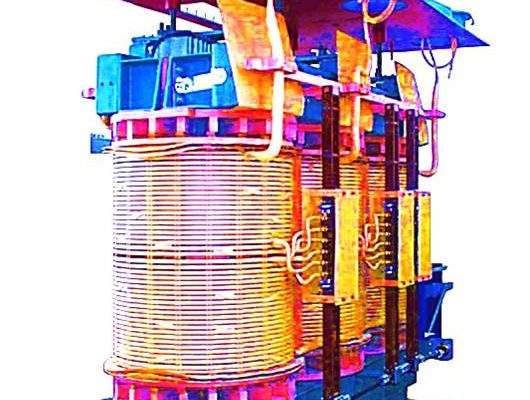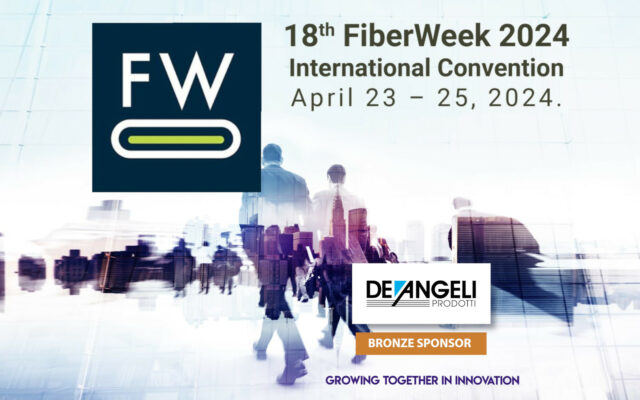Real-time monitoring of power lines is essential and made possible by Smart Conductors. These are conductors for overhead power lines that utilize integrated fiber optics.
In recent years, the landscape of infrastructure has rapidly evolved. This evolution has made corporate infrastructure increasingly complex, large, and distributed, thanks to the use of advanced technologies.
Today, companies need to align their production objectives with other goals such as the well-being and quality of experience for customers and employees. To achieve this, there is an increasing demand for high-performance and secure infrastructure systems.
This change necessitates monitoring the infrastructure itself to ensure that all components are functioning properly as a whole.
Indice
- 1 Why is infrastructure monitoring discussed?
- 2 Smart Conductors: what are they and why it is important to integrate them into infrastructure management
- 3 What is Fiber Optics and why is it important for Smart Conductors?
- 4 How does the design of Smart Conductors work?
- 5 The benefits of De Angeli’s Smart Conductors
- 6 CASE STUDY: Reti Ferroviarie Italiane
1. Why is infrastructure monitoring discussed?
Infrastructure monitoring is the process of collecting real-time data related to the hardware and software of the physical or virtual environment, systems, processes, and equipment involved in a company’s networks.
It can encompass IT infrastructures as well as the physical infrastructures of the company itself, such as electrical and water networks. These data are collected and measured based on specific parameters or metrics and are often organized and visualized in user-friendly diagrams and graphs for easier understanding.
There are two types of enterprise infrastructure monitoring:
- proactive monitoring: It involves the regular maintenance of each infrastructure component to ensure it functions at maximum efficiency. It is necessary to track specific system health indicators and intervene before it’s too late;
- reactive monitoring: It involves triggering an urgent intervention when a component stops functioning and service restoration is required.
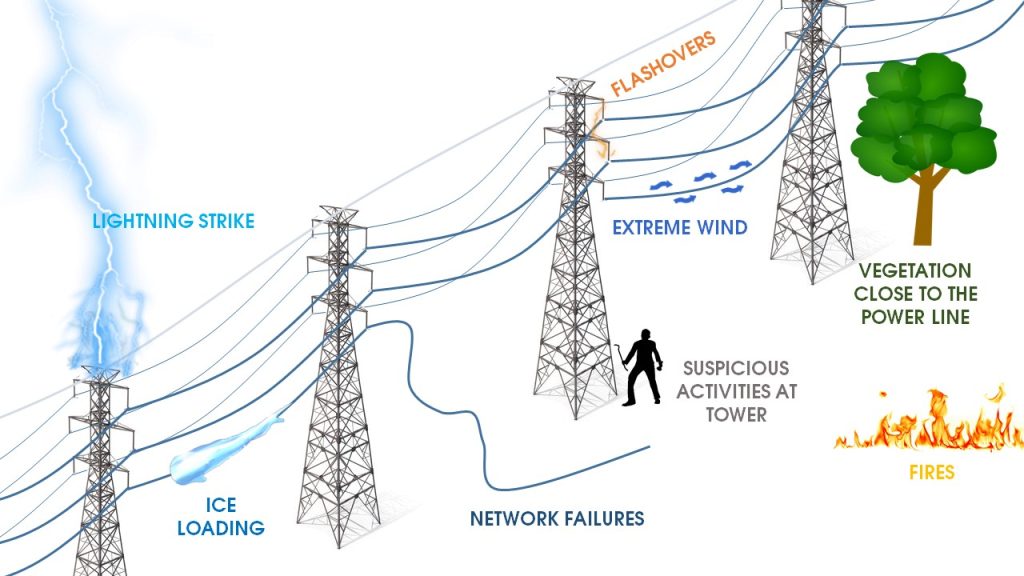
Technological advancements, the integration of artificial intelligence (AI), and new data transmission technologies, such as the De Angeli Smart Conductors in the electrical field, make infrastructure fast and functional for both proactive and reactive monitoring. This allows for understanding the correlation between elements, recognizing data trends, and making appropriate decisions.
In particular, the benefits that drive companies to invest more and more in intelligent monitoring tools for their infrastructures are primarily:
- improve security;
- establish automated support;
- early problem detection;
- receive real-time notifications;
- improve productivity and performance.
2. Smart Conductors: what are they and why it is important to integrate them into infrastructure management
Smart Conductors are conductors for overhead power lines that use integrated fiber optics to monitor the real-time status of the power line. This allows for increased reliability and efficiency of the system, ensuring optimal power flow management and reduced maintenance costs.
3. What is Fiber Optics and why is it important for Smart Conductors?
To understand the fundamental contribution of De Angeli’s Smart Conductors in optimizing power flow in overhead lines, it is important to first understand what fiber optics is and how it works. Fiber optics is a filament made of glass or polymer materials that allows light to be conducted within it.
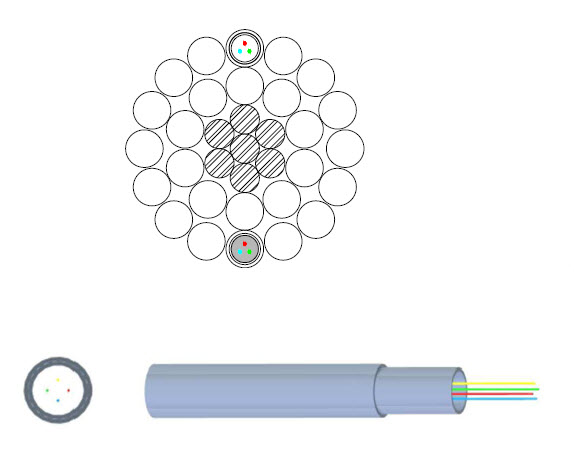
Thanks to this technology, it is possible to guide a high-frequency electromagnetic field, usually in the infrared range, with extremely minimal losses. The physics of fiber optics requires concepts of quantum optics to be thoroughly understood, but for a simpler understanding of how fiber optics works, it can be said that:
- Fiber optics has a wide range of frequencies available for data transmission. This allows for the simultaneous transmission of multiple signals on different frequencies, thereby increasing data transfer capacity.
- It has low signal attenuation, which means that light signals can be transmitted over very long distances without significant power loss. This enables covering greater distances without the need for intermediate repeaters.
- It is not affected by external electromagnetic interference. This means that signals transmitted through fiber optics do not experience distortion or degradation due to radio waves, magnetic fields, or other sources of electrical interference.
- Fiber optics has a much higher bandwidth, which means it can carry a greater amount of data within the same time interval. In practice, this translates to significantly higher data transfer speeds.
- Advancements in fiber optic technology have led to a reduction in signal attenuation, enabling the transmission of signals over even longer distances without the need for intermediate amplifiers.
4. How does the design of Smart Conductors work?
The design of De Angeli Prodotti’s Smart Conductors involves replacing one of the conductor wires with a sensor wire equipped with fiber optics. The fiber optic cable, with its aforementioned characteristics, is interrogated using advanced equipment, enabling continuous monitoring of the operational conditions of the power line throughout its lifetime. This includes monitoring for breakages or faults, temperatures, deformations, vibrations, and acoustic analysis.
Smart Conductors are composed not only of fiber optics but also of a metal tube made of steel or aluminum, which can be positioned inside or outside the conductor. The fiber optics used in Smart Conductors have a lifespan of 40 years and can withstand operating temperatures of at least 80 °C (optional up to 150 °C).
Lastly, it is important to note that De Angeli’s Smart Conductors are designed to be compatible with existing infrastructure. This allows for minimal upgrade costs as they do not require extensive infrastructure modifications.
5. The benefits of De Angeli’s Smart Conductors
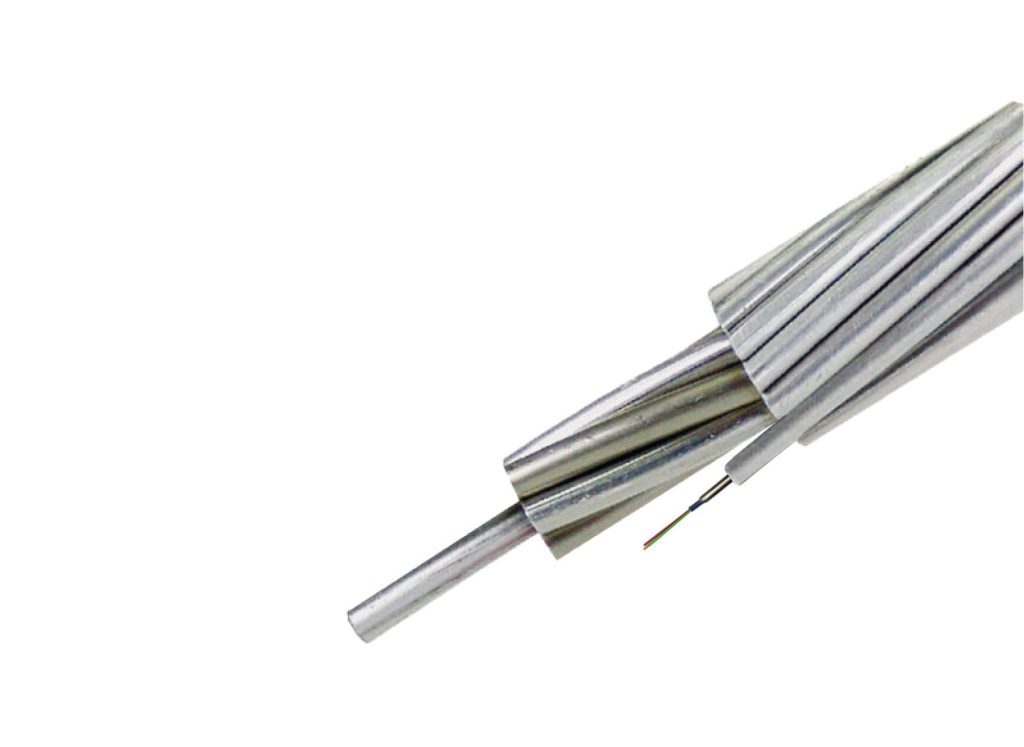
The advantages of using De Angeli’s Smart Conductors are numerous. With the real-time information they can provide, targeted and preventive maintenance can be applied to the infrastructure, reducing potential service disruptions resulting from such activities. Additionally, their use reduces electricity costs and environmental impact, including landscape impact, as well as conserves land resources, which are non-renewable.
Smart Conductors represent an innovative solution for real-time monitoring of power lines, ensuring greater reliability and efficiency of the system, as well as reducing maintenance costs.
6. CASE STUDY: Reti Ferroviarie Italiane
It is not surprising that the Italian railway systems (RFI – Rete Ferroviaria Italiana) are adopting these technologies. The use of Smart Conductor fiber optic sensors can provide a significant advantage in monitoring the condition of railway tracks. Track deformations caused by temperature variations or subgrade settlements can lead to service disruptions, train delays, or even compromise passenger safety. Therefore, integrating Smart Conductors into railway infrastructure allows for real-time monitoring and early detection of track anomalies, enabling prompt maintenance and ensuring a safer and more efficient railway service.
Fiber optic Smart Conductor sensors provide an effective and precise solution for detecting such issues. With their ability to monitor the line over distances of tens of kilometers, they can promptly identify any track alterations. Furthermore, thanks to the same fiber optic infrastructure, it can also be utilized for telecommunications, providing a dual-purpose application. This integration of monitoring and communication capabilities not only enhances the efficiency of track maintenance but also optimizes the utilization of resources.
These tools represent a significant contribution to the enhancement of railway safety as they enable the real-time detection of any anomalies or interruptions on the line. They can also signal an increase in temperature inside tunnels, which may indicate a fire. This immediate and accurate monitoring capability allows for swift response and intervention, ensuring the safety of passengers, as well as preventing potential accidents or incidents.
